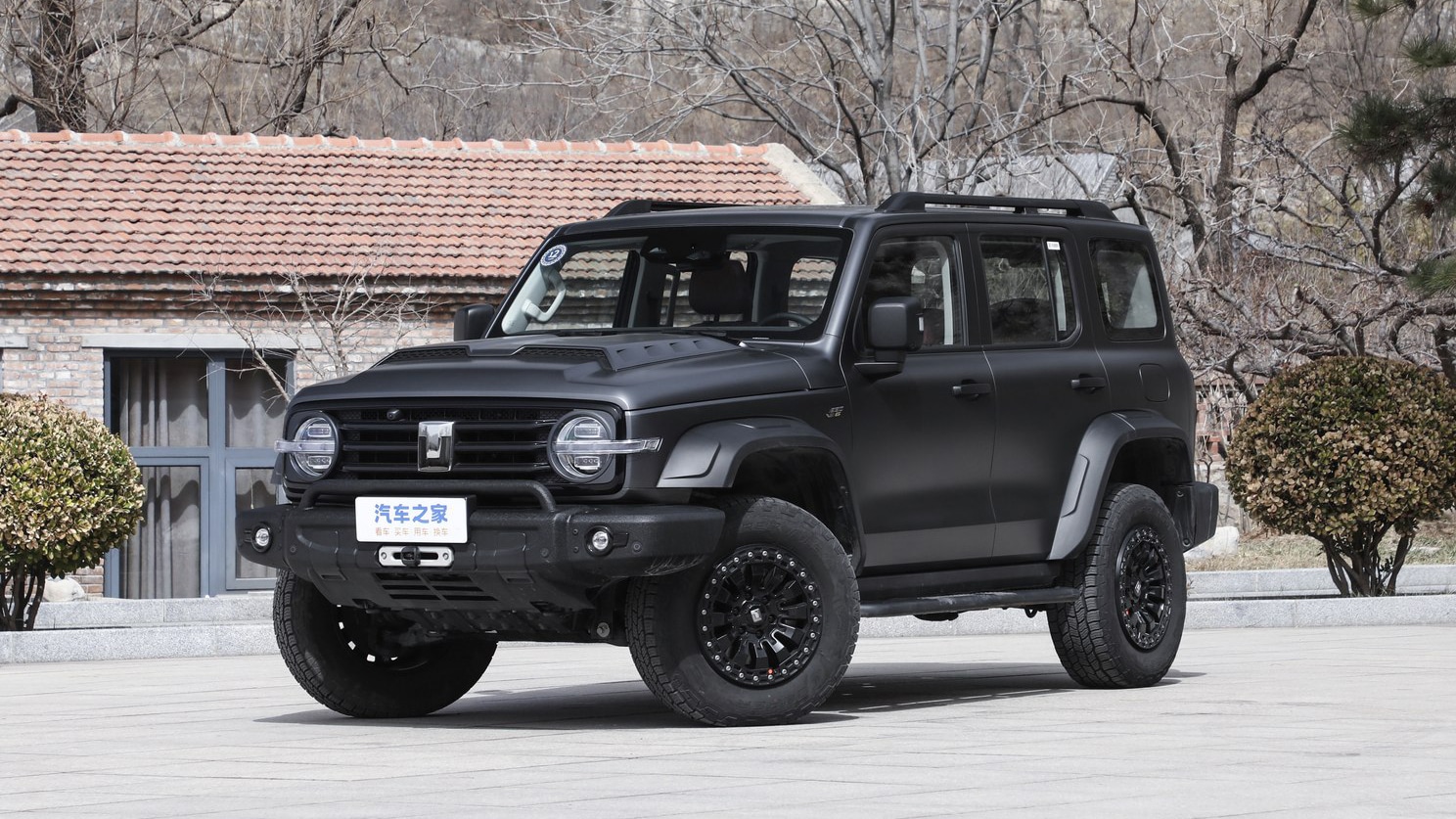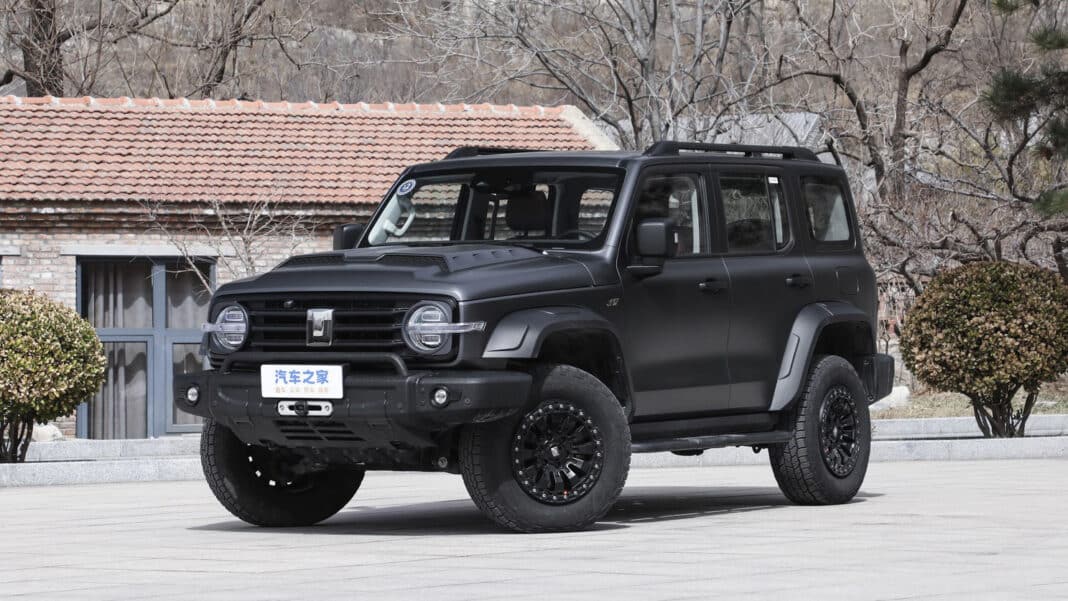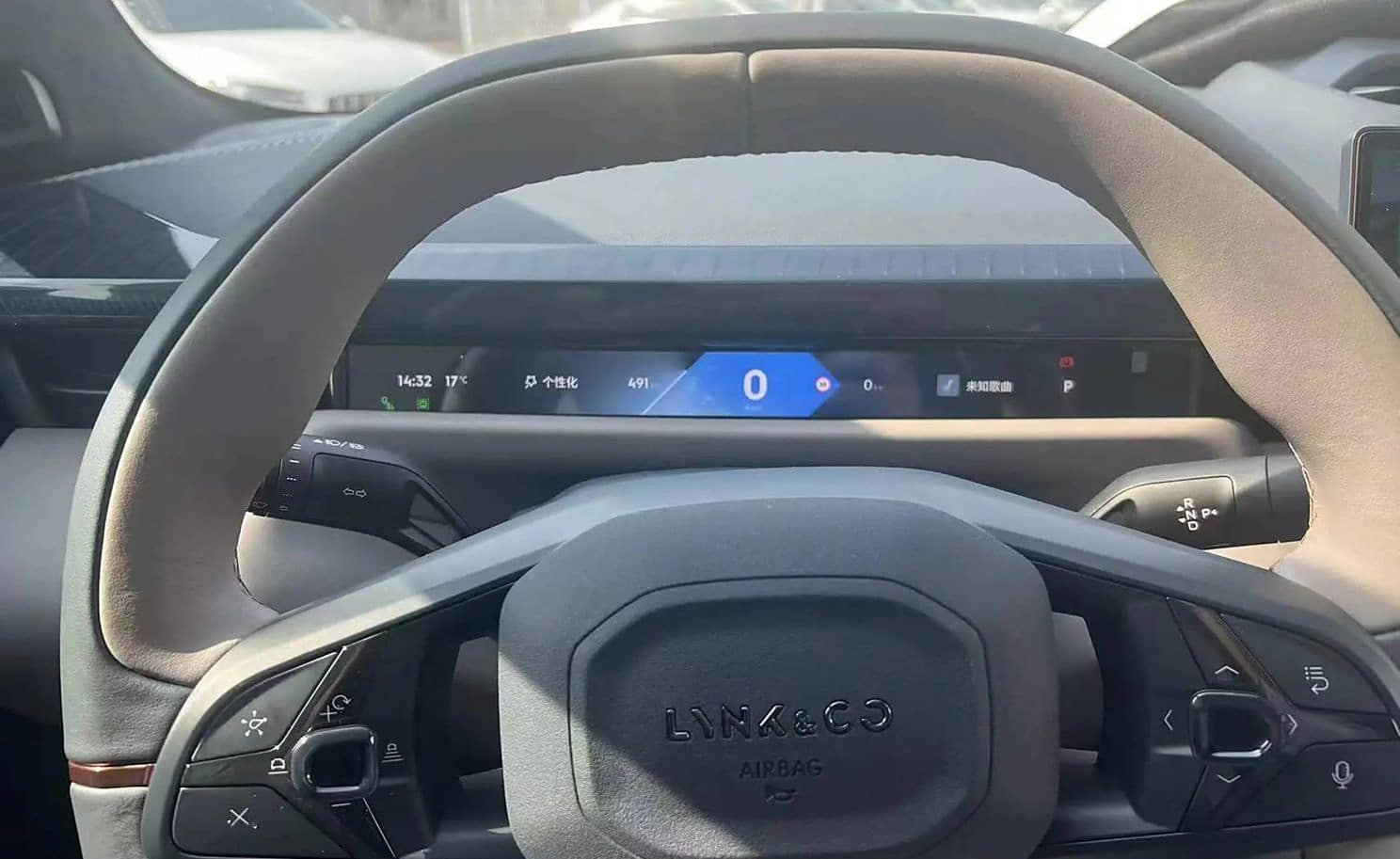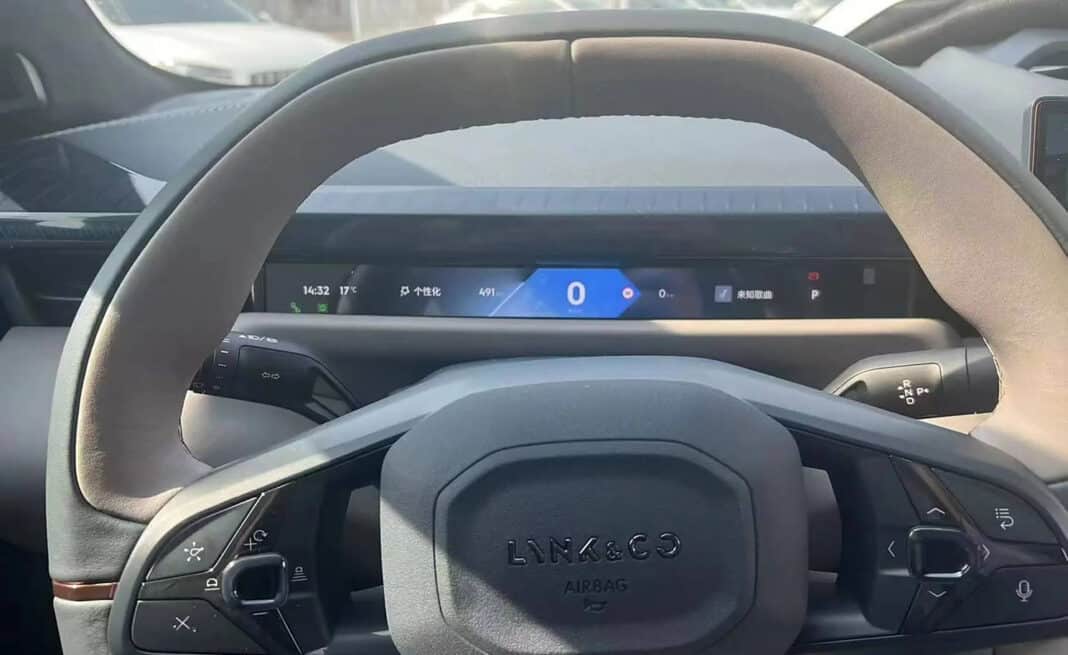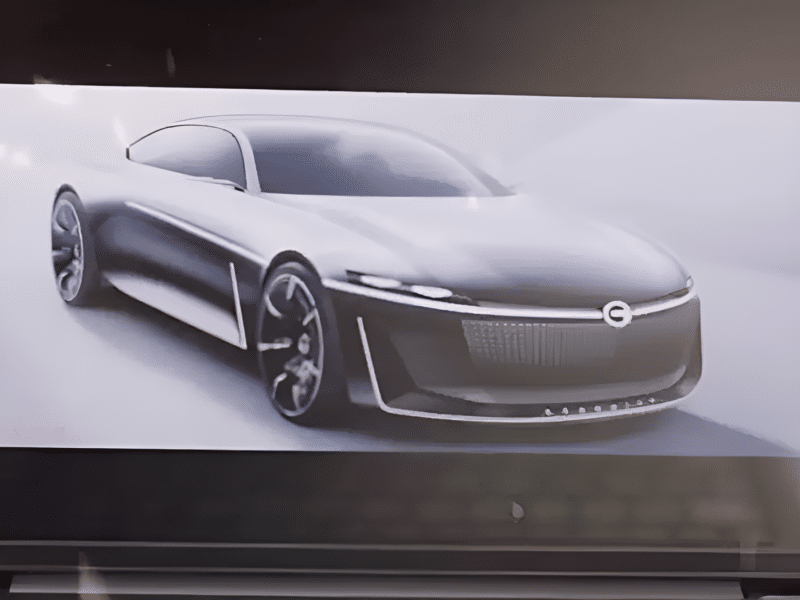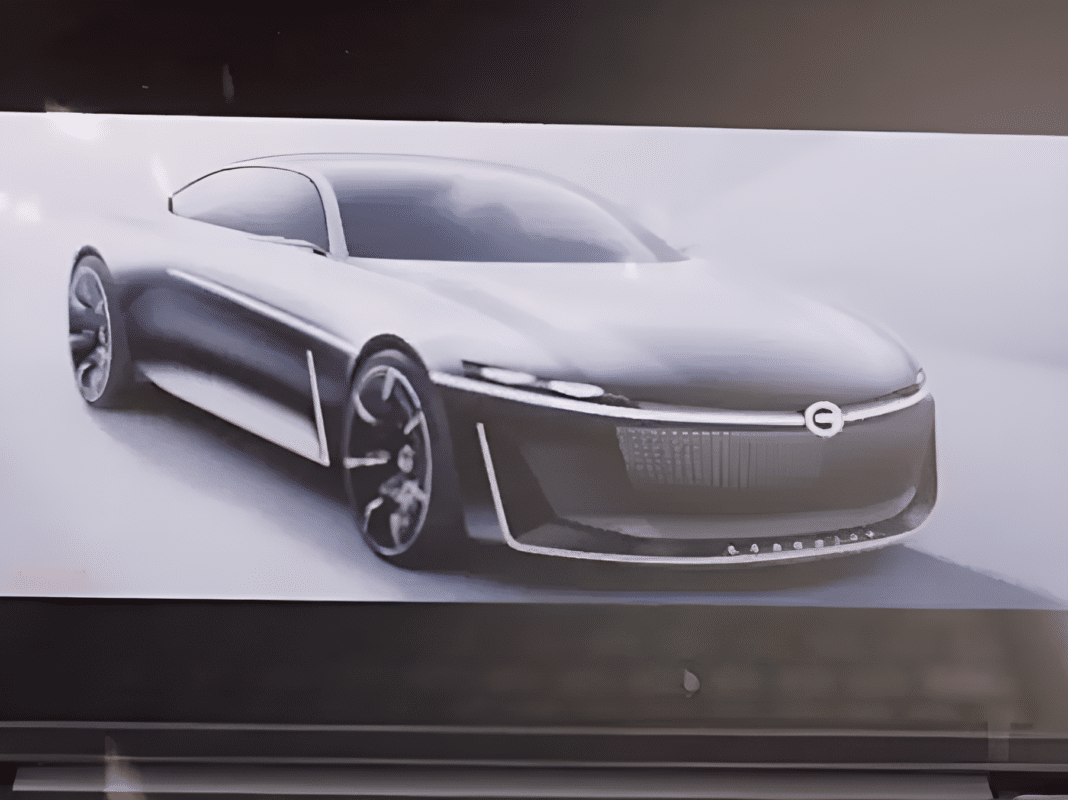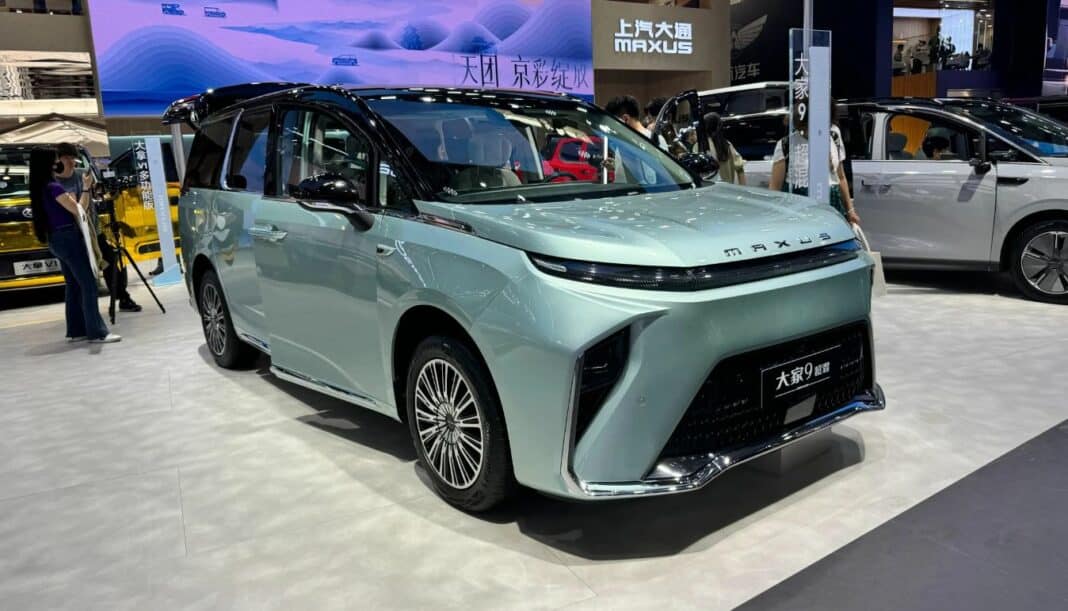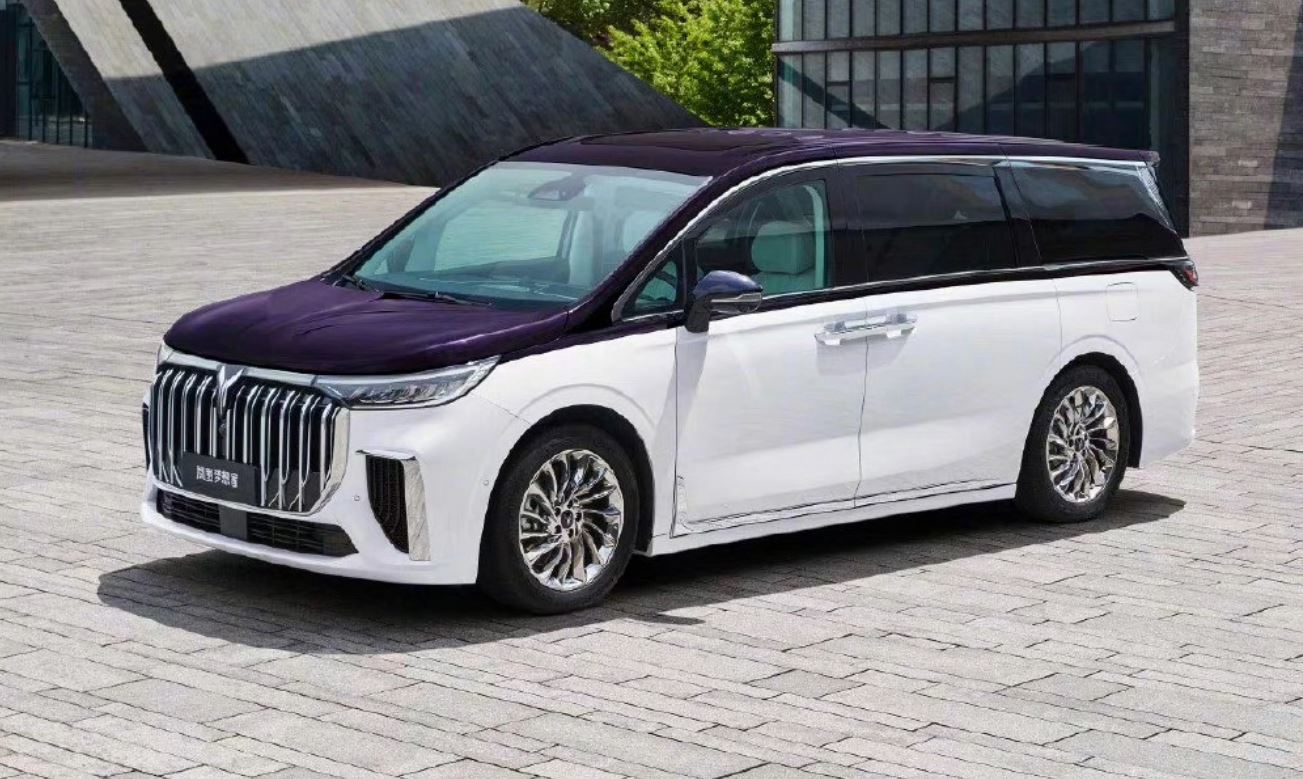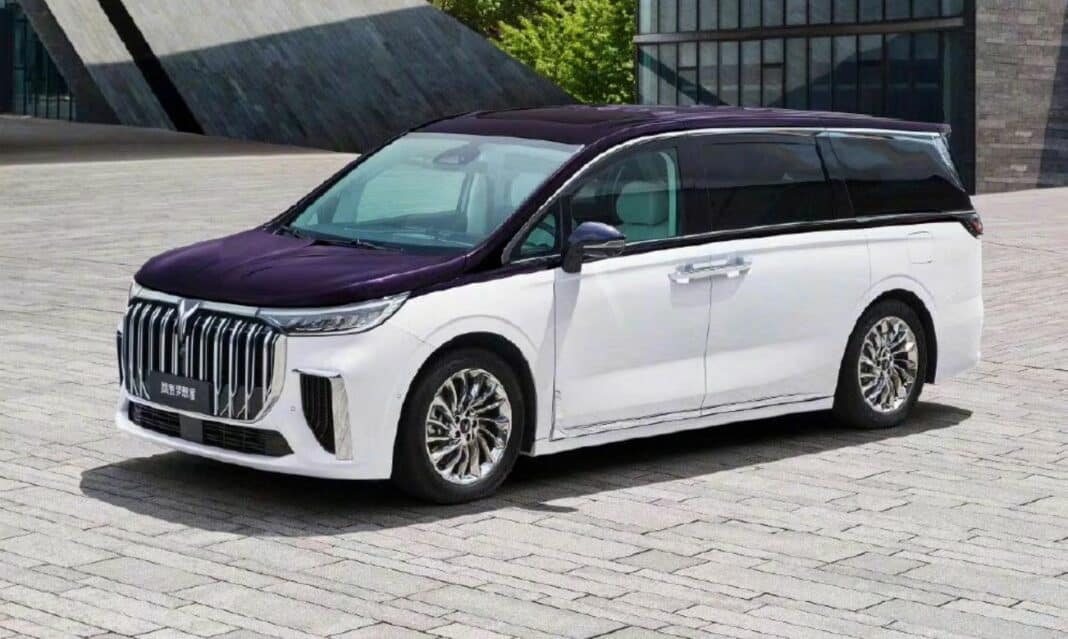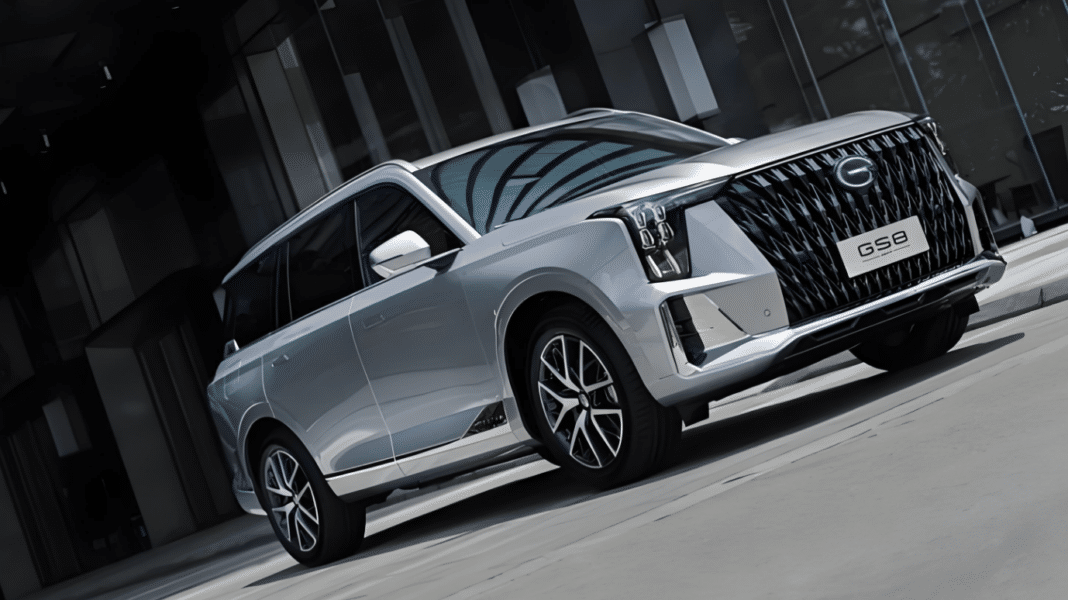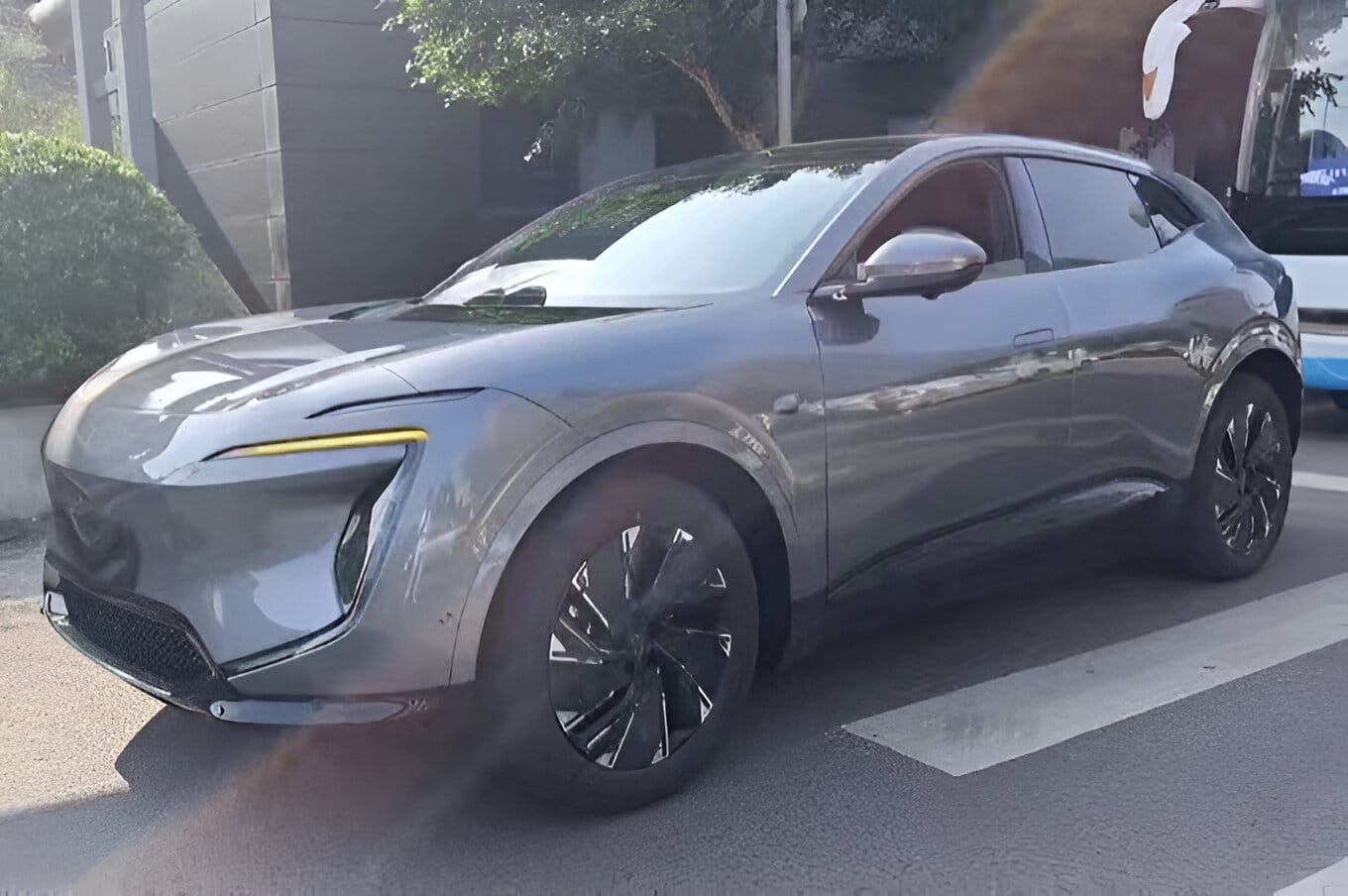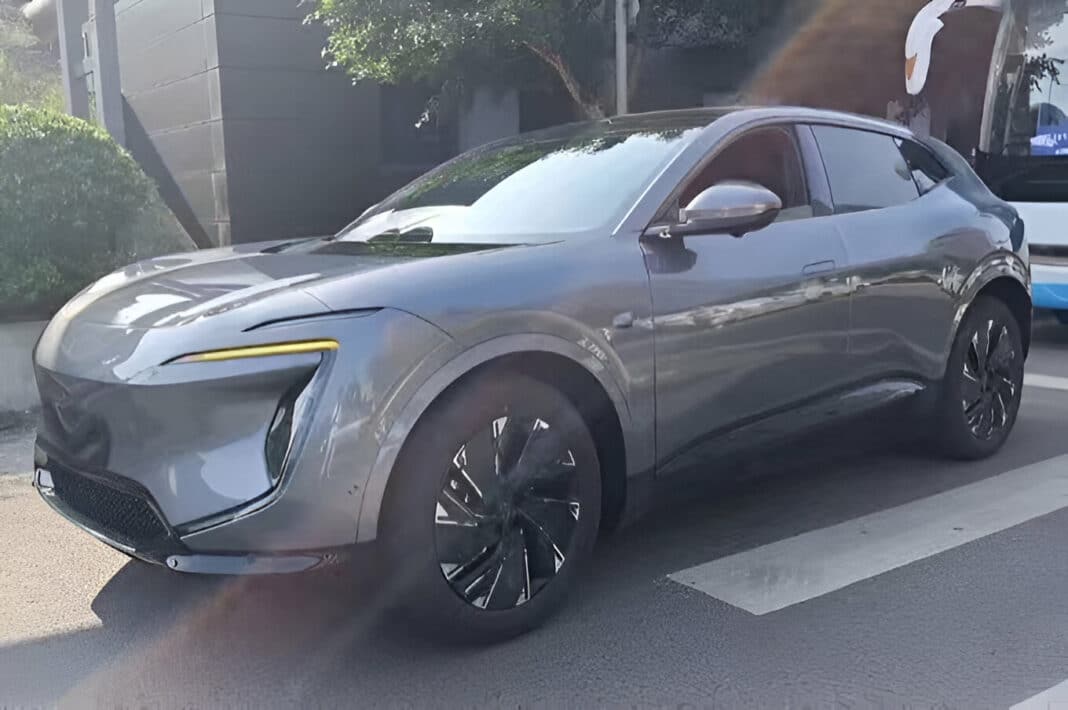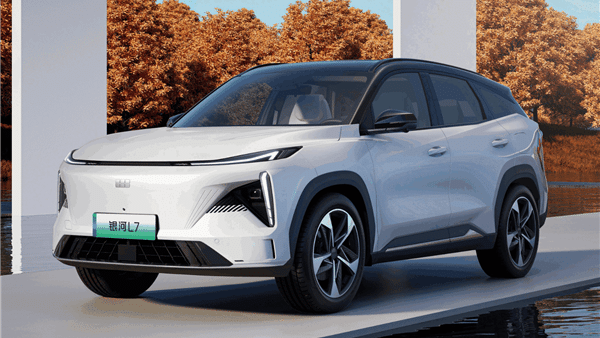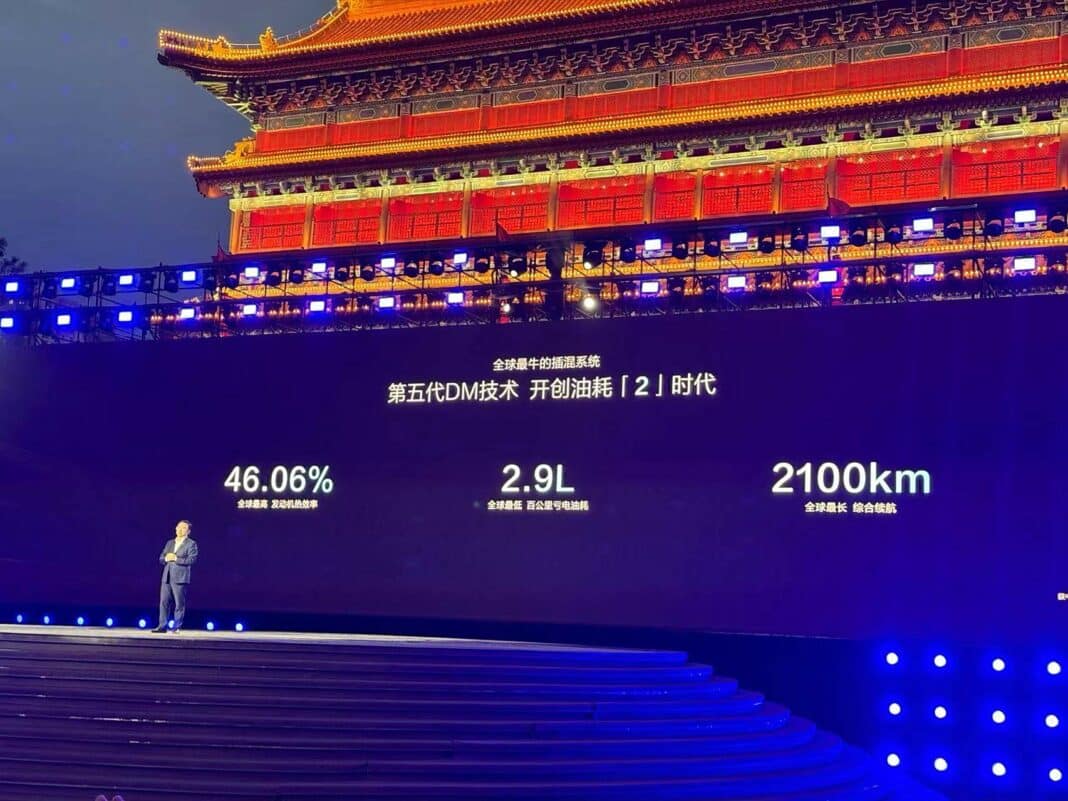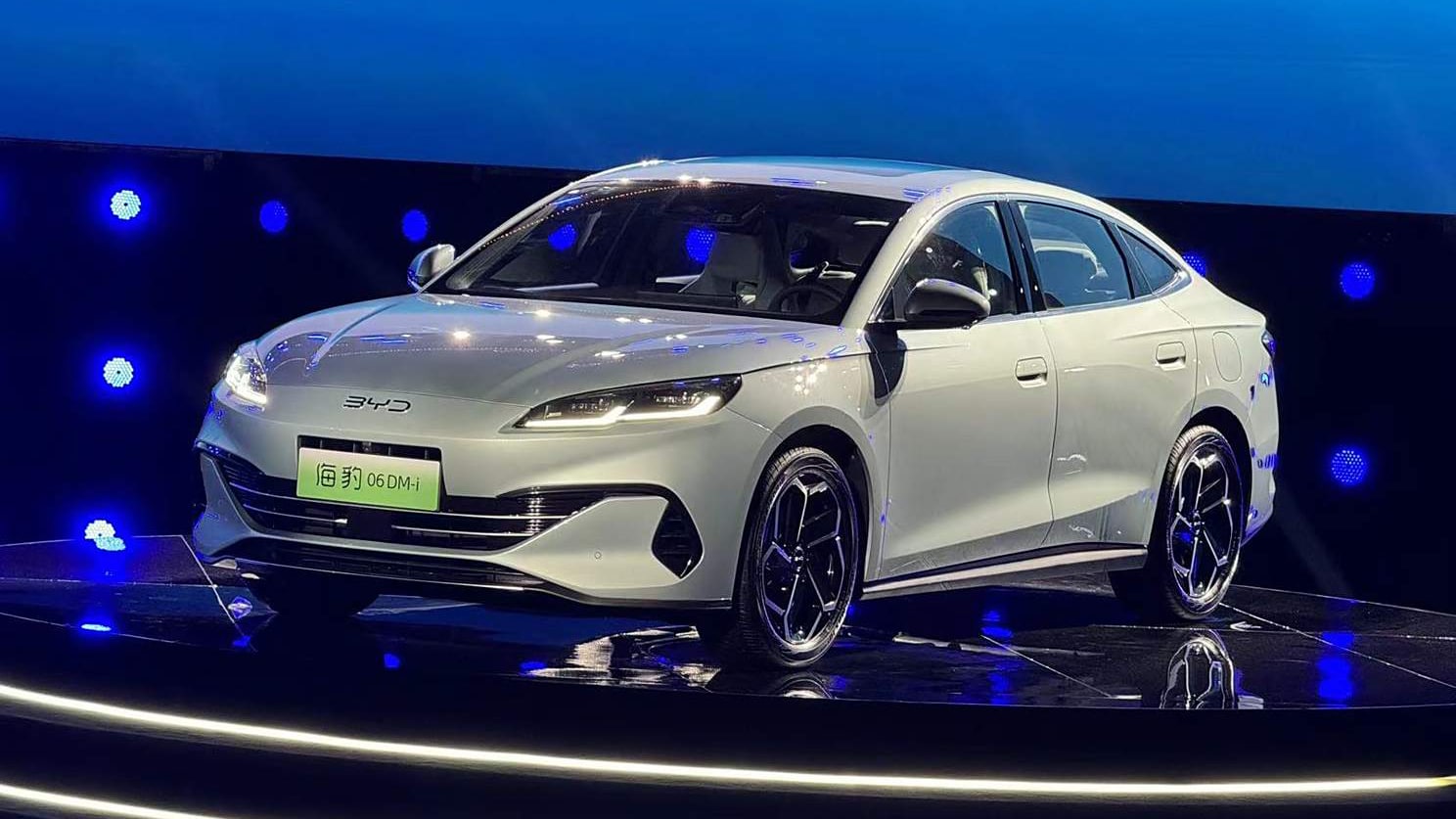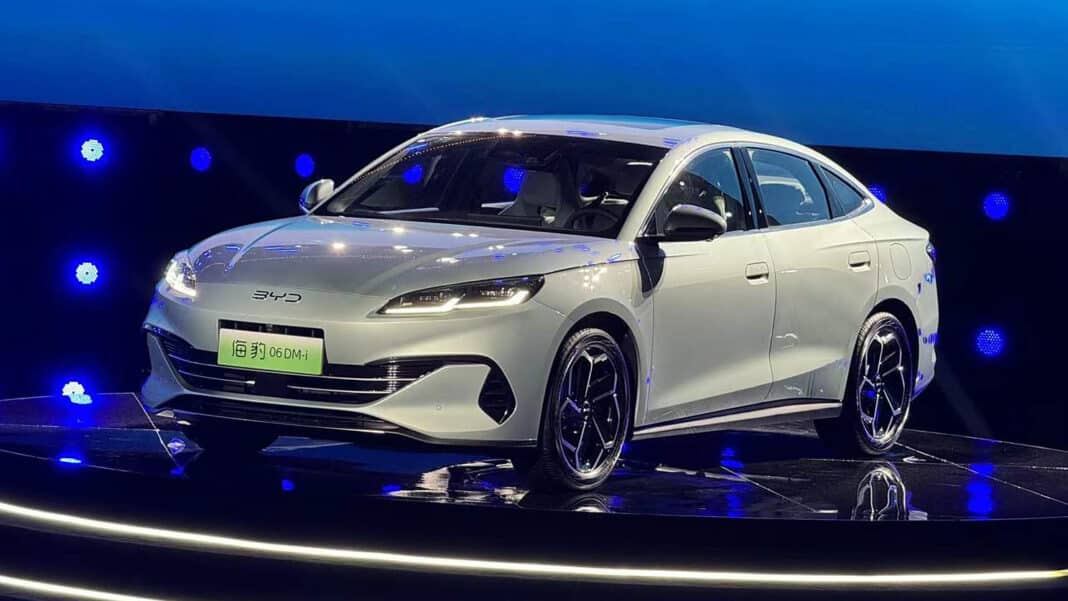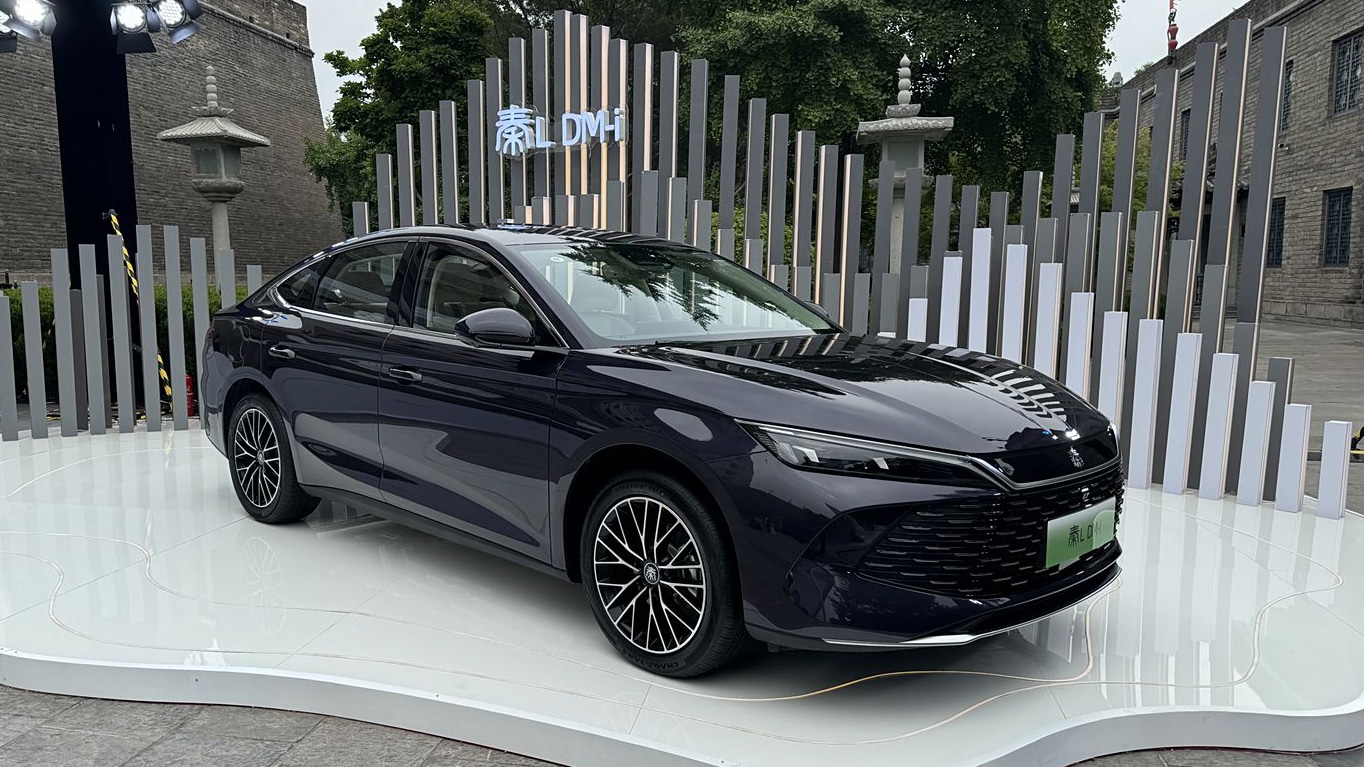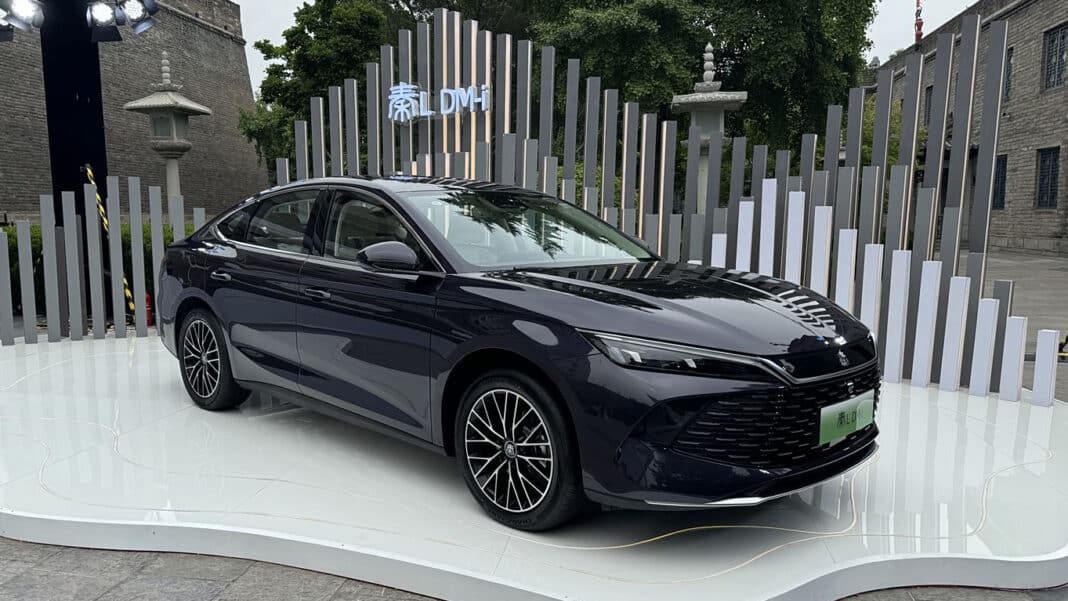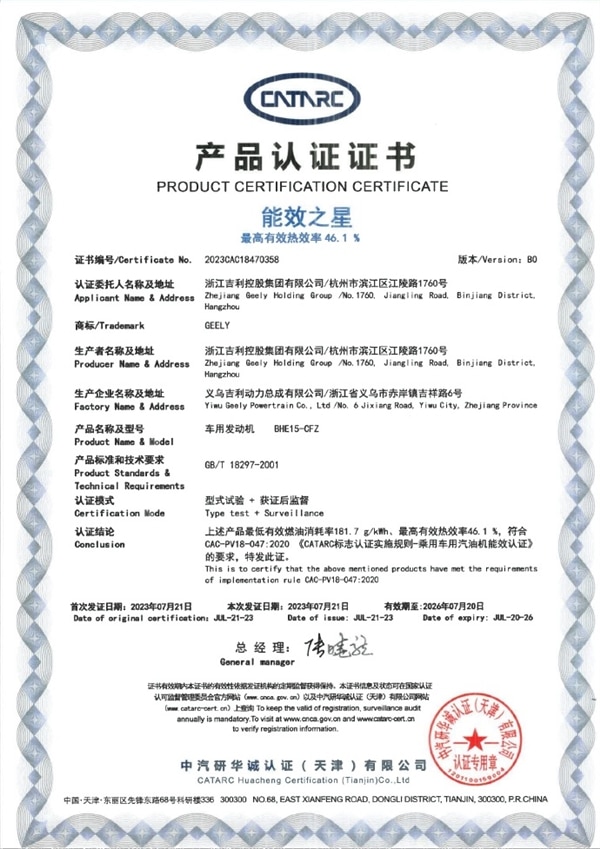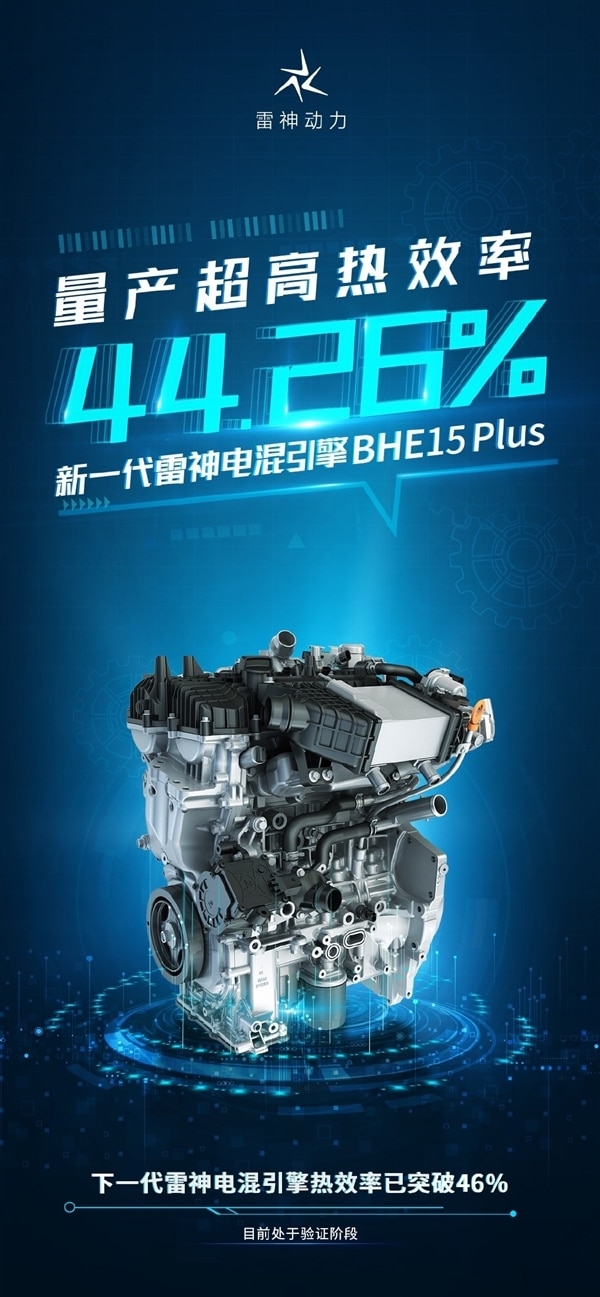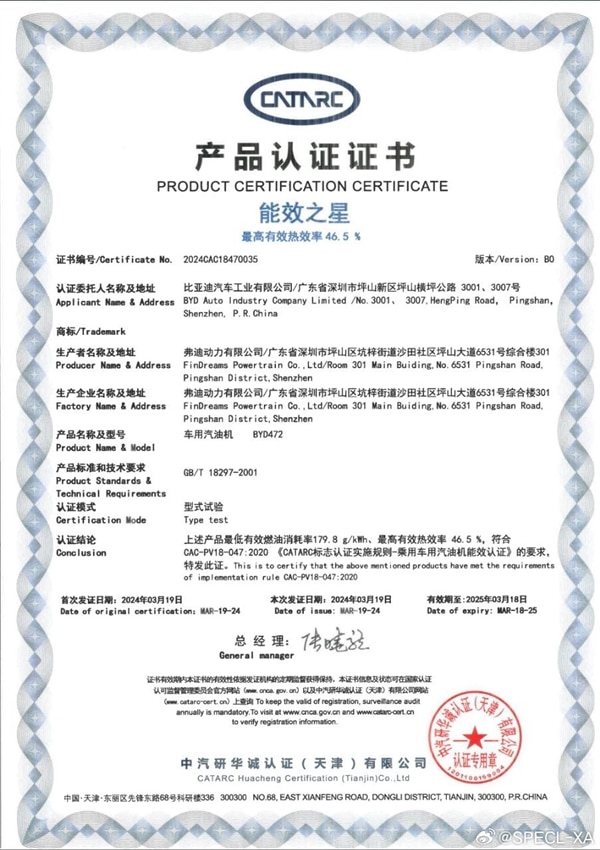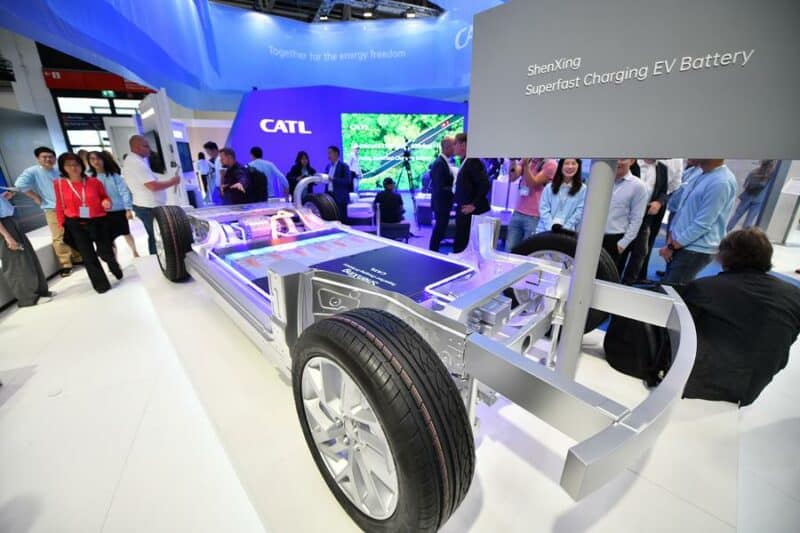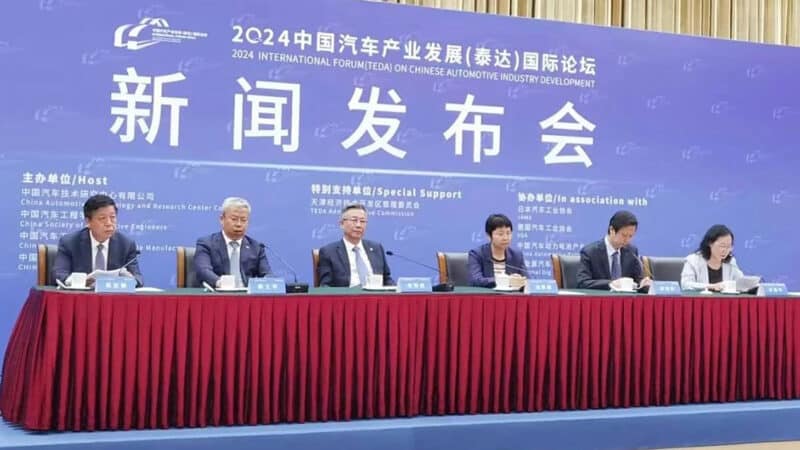Yommie
Elite Member
- Oct 2, 2013
- 54,852
- 36,673
- Country of Origin

- Country of Residence

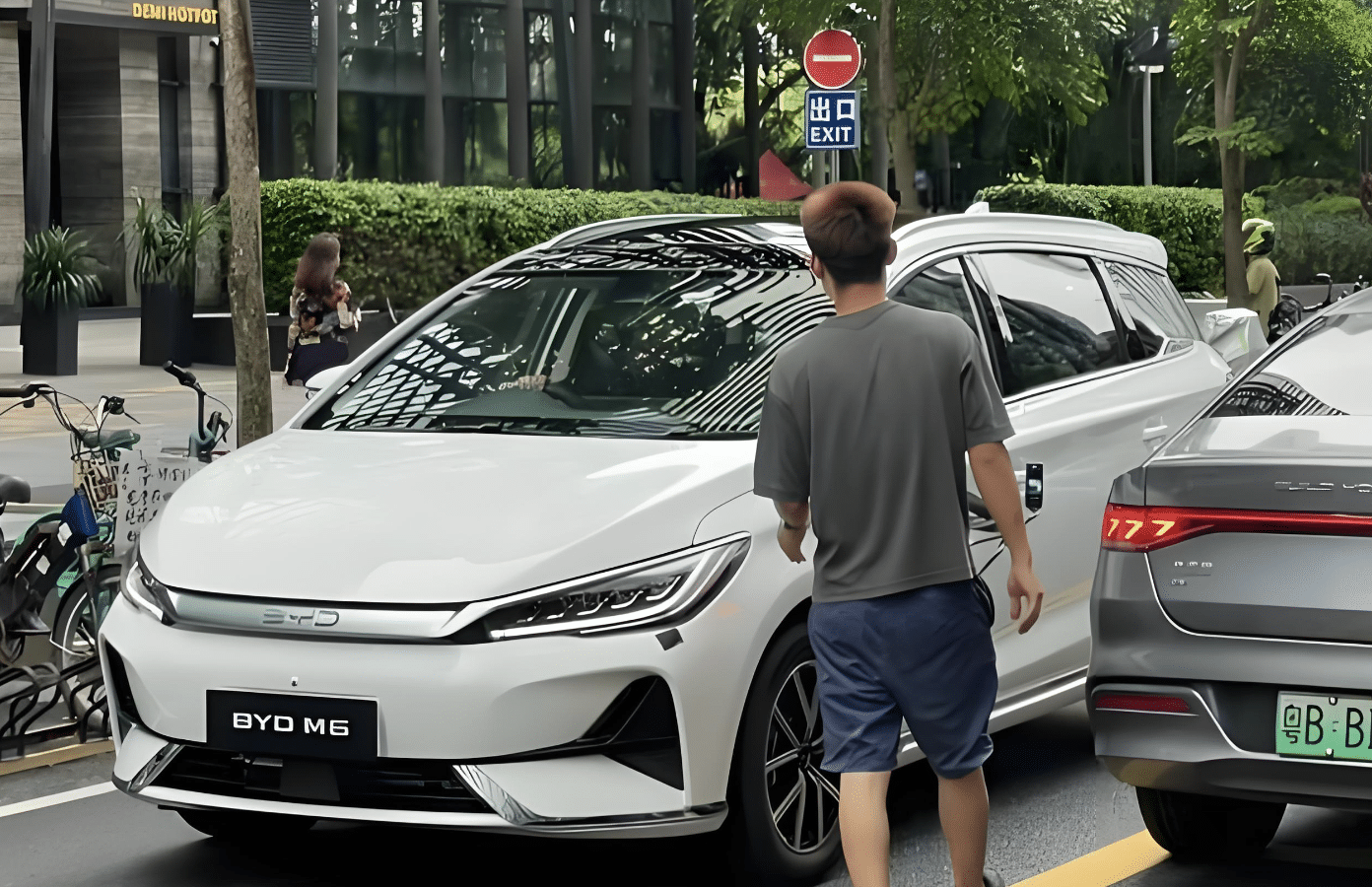
BYD all-electric M6 MPV spied in China and it’s RHD
New BYD all electric MPV spied. The M6 spied is right hand drive and seems to be based on the Song Max, another MPV.
 carnewschina.com
carnewschina.com
BYD all-electric M6 MPV spied in China and it’s RHD
Reading Time: 2 minutes
Naveed Rastegar
May 27, 2024
0
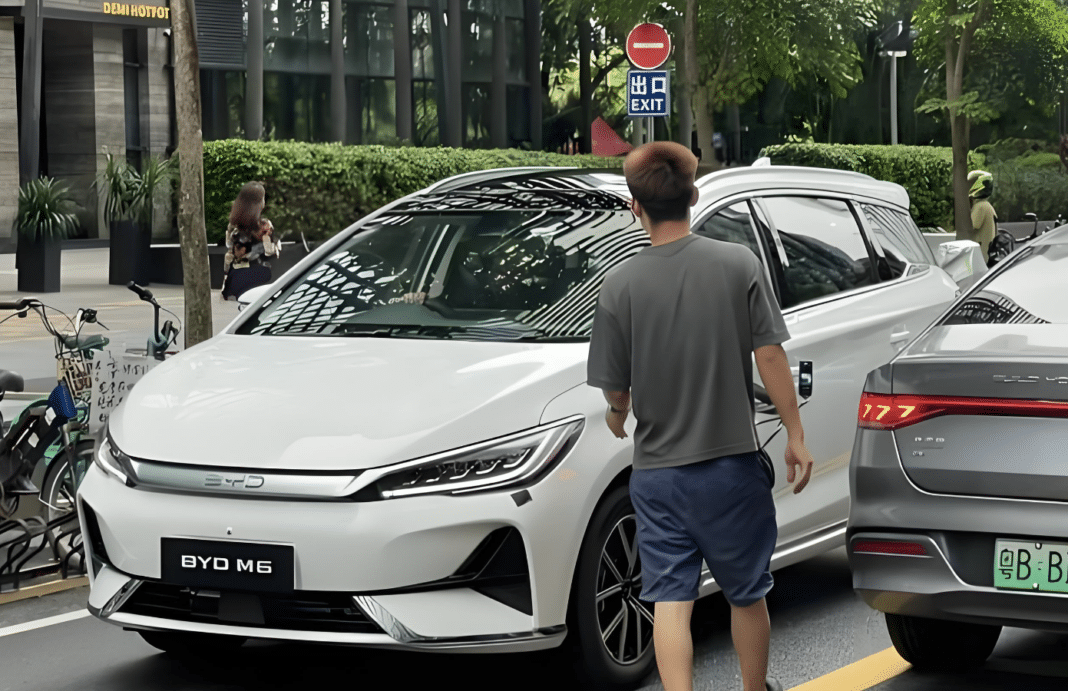
News like this to your inbox or phone?
Weekly summary to your inbox
I want this
Never miss and important news
Get Instant notification once the news is published.
Follow Us
Spy shots have recently emerged of another ‘new’ MPV from BYD, just days after we brought you news of one other. Although badged as an M6 the car seems to be largely based on the Song Max DM-i which dates back to 2019. The question is why BYD is making a new fully electric variant of this car given that the Song Max in its current form has even older origins as an ICE car from 2017. Possible answer lies with the spy shots showing a right hand drive car meaning that the M6 could be an export model.
In terms of the exterior design, the electric M6 retains many of the styling elements of the standard Song Max, including the front grille and headlight configuration. A chrome bar bearing the BYD logo connects the two headlight units.
The side air intakes on this electric model appear larger and more pronounced than those on the regular Song Max. The side profile carries over the dynamic beltline of the current model. At the rear, the design remains largely unchanged, with sizeable taillights connected by a chrome trim piece. Overall, the styling aligns with the vehicle’s MPV positioning, and the “pure electric” badging is clearly visible.
Based on the dimensions of the Song Max, the new electric M6 is expected to measure 4710/ 1810/1880 mm and have a 2785 mm wheelbase.
Details regarding the powertrain of the all-electric M6 are still scarce. Currently the Song Max, only utilizes a plug-in hybrid setup, with a 1.5-liter naturally aspirated engine producing 81 kW of power and 135 Nm of torque, paired with an electric motor delivering 132 kW and 316 Nm. The Song Max comes with a choice of 8.3 kWh and 18.3 kWh battery packs which give all-electric ranges of 51 and 105 km (CLTC) respectively.
Given however that the new M6 is all-electric a better comparison might be the second generation e6 which is also based on the Song Max and comes with a 71.7 kWh Blade battery when exported and is rated as having 522 km (WLTP) range.
Those with long memories will recognise the M6 name, it was originally used by BYD for an ICE MPV produced between 2010 and 2017. Heavily inspired by the Toyota Previa the BYD M6 was not a particularly good seller. BYD obviously hopes for better sales from the new second generation all-electric M6.
These spy shots of the all-electric M6 shows that BYD’s push to increase its all-electric lineup continues. We can expect more details to surface on whether this model will make its way to the Chinese market or whether it is purely an export model in the near future.
Source: Yiche, Autohome

